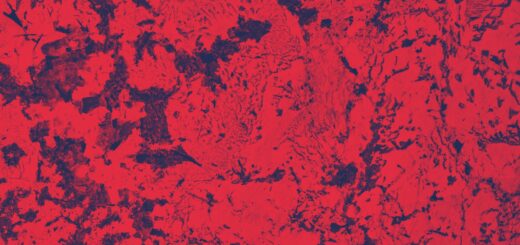Psychedelic Art and Expression: Transcending Boundaries
—
In the broad and diverse sphere of artistic expression, psychedelic art holds a unique position, captivating audiences with its unbridled creativity, vibrant hues, and intricate patterns. An integral part of the counterculture revolution of the 1960s, psychedelic art continues to challenge and push the boundaries of conventional visual representation while providing a conduit for imagination and transcendental exploration.
Commonly associated with mind-altering experiences provoked by substances like LSD or psilocybin, psychedelic art taps into the realm of the subconscious, opening up avenues for artistic inspiration that often bypass conventional concepts of reality. This mode of expression emphasizes symbolism, color, and surrealism, creating a sensory tapestry designed to evoke altered perception in the viewer.
Psychedelic art is more than merely visual stimulants- it’s a channel for expression that intertwines with human emotions, thoughts, and consciousness. Artists use this platform to articulate complex notions and observations, delving deep into philosophical and metaphysical concepts through vibrant, intricate, and often symbolic visuals.
The wildly abstract motifs in psychedelic art draw heavily from the surrealism movement, with both sharing a disdain for the rational and a penchant for the fantastical. Icons such as Salvador Dali, known for his dreamlike landscapes and melting clocks, paved the way for the psychedelic artists of the ’60s, who took inspiration from his capacity to visualize the inexplicable and bizarre.
Psychedelic art brings forth a new dimension of artistic possibility, disrupts reality’s parameters, and thrusts viewers into the labyrinthine depth of the human psyche. Within this swirling chaotic beauty, viewers are invited to see beyond ordinary perception, engaging with the art on a profoundly personal and introspective level.
Moreover, the interplay of vivid colors, intricate patterns, and symbolism is thought to stimulate certain psychological responses, making art therapy a potential beneficiary of psychedelic art. According to some studies, the very act of creating or engaging with psychedelic art could cultivate empathy, enhance psychological well-being, and provide a means for individuals to acknowledge and confront personal trauma or psychological issues.
In the broader contemporary art world, artists like Alex Grey are pushing the boundaries of psychedelic art even further. Grey, who infuses spiritual and scientific concepts into his work, is known for creating vast, intricate pieces that examine the complexities of human anatomy, spirituality, and consciousness. For Grey and many others, the aim is to transcend the physical and delve into the metaphysical.
Psychedelic art extends beyond canvases and murals-it pervades music and literature, fashion and advertising. Its influence can be discerned in the album covers of the Beatles, the Grateful Dead, and Jimi Hendrix, encapsulating the ideologies and ethereal experiences of a whole generation and their quest for social liberation.
Though psychedelic art began as a fringe countercultural signpost, it has gradually permeated mainstream culture, becoming a testament to the unlimited potential for human creativity, expression, and imaginative freedom. By blurring the lines between reality and the subconscious, psychedelic art compels viewers to question their understanding of the world and their place within it.
In essence, psychedelic art serves as an alternate medium of communication, a form of language that captures the intricacies of human experience, wrapping them in a shimmering veil of colors and patterns. Intrinsic to its allure is its capacity to transcend the norms, to delve into dimensions that both mystify and enlighten-ultimately making us question, explore and marvel at the boundless edge of human consciousness and artistic expression.
Sources:
1. Salvador Dali
2. Art Therapy
3. Alex Grey


